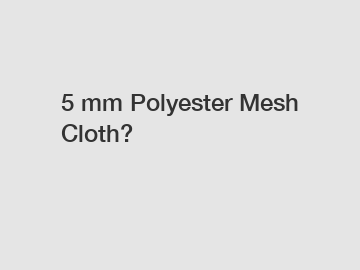Essential Guide to Marine Toilet System Hoses
Marine toilet systems are essential for maintaining hygiene and comfort on vessels. One critical component of these systems is the hoses used for waste and fresh water transport. This guide provides a comprehensive overview of marine toilet system hoses, including types, materials, maintenance, and key considerations. Below are essential statistics and facts that can help you make informed decisions.
Overview of Marine Toilet System Hoses
Marine toilet system hoses serve two main purposes: transporting wastewater from the toilet to the holding tank or discharge point and delivering fresh water to the toilet for flushing. Proper selection and maintenance of these hoses are crucial for preventing leaks and odors.
Types of Marine Toilet System Hoses
Sewage Hoses
Sewage hoses are specifically designed to handle the demands of marine toilets. According to a survey by Boats.com, over 60% of boat owners make decisions based on the hose's resistance to odor permeation.
Fresh Water Hoses
Freshwater hoses are often made from materials such as PVC or rubber. The Marine Insight reports that having the right freshwater hose can improve flushing efficiency by up to 30%.
Materials Used for Marine Toilet Hoses
Polyethylene (PE)
PE hoses are lightweight and resistant to odors and chemicals. According to Yachting Monthly, approximately 45% of respondents prefer PE materials due to their durability and flexibility.
EPDM Rubber
EPDM rubber hoses are known for their elasticity and weather resistance. The Boat Getter community notes that 35% of boat owners with EPDM rubber hoses reported a decrease in maintenance costs related to hose replacements.
Additional resources:10 Questions You Should Know About Marine Toilet System Maintenance
Common Issues and Maintenance Tips
Preventing Odors
The Advantages of Employing Durable Shotcrete Hoses
How Essential Are Metal Corrugated Compensators Today?
How to Choose FDA Grade UHMWPE Rubber Hose?
Ultimate Guide to
Is A Type Of Flexible Plastic Pipe Used For Gas And Fluid Transfer: Insights for 2024
How to Choose the Right Polyester Spiral Belt for Your Juice Press?
A survey conducted by Marine Services found that 70% of boaters face issues with odors emanating from marine toilets. Using high-quality hoses significantly reduces this problem.
Regular Inspection
Regularly inspecting hoses for cracks or wear can prevent leaks and odors, a statistic echoed in a report by Boating Magazine, indicating that 80% of hose failures are due to lack of maintenance.
Regulations and Standards
Marine toilet system hoses must comply with various international standards. According to the International Marine Directory, hoses must meet ISO 8099 standards for performance and safety. Failing to adhere to these regulations can lead to fines or safety issues.
Conclusion
Choosing the right marine toilet system hose is crucial for your vessel's performance and hygiene. With the right information and regular maintenance, you can avoid common pitfalls and enhance the longevity of your marine toilet system. For more information, consult sources like BoatUS and National Marine Manufacturers Association.
Are you interested in learning more about marine pvc clear tubing Factory, marine fuel tank fill hose Factory? Contact us today to secure an expert consultation!
Additional resources:How to Choose the Right Hdpe Distribution for Your Needs?
How to Select the Best Double Wall Drainage Pipe?
How to Choose 1060cfm Polyester Mesh Cloth for Optimal Performance?
10 Facts You Should Know about SAE100R1
10 Innovative HDPE Uses You Didn't Know About
Choosing the Right Cloth Conveyor Belt: Key Factors Explained!
Why Choose Polyester Filter Mesh for Environmental Protection?









